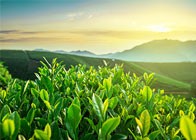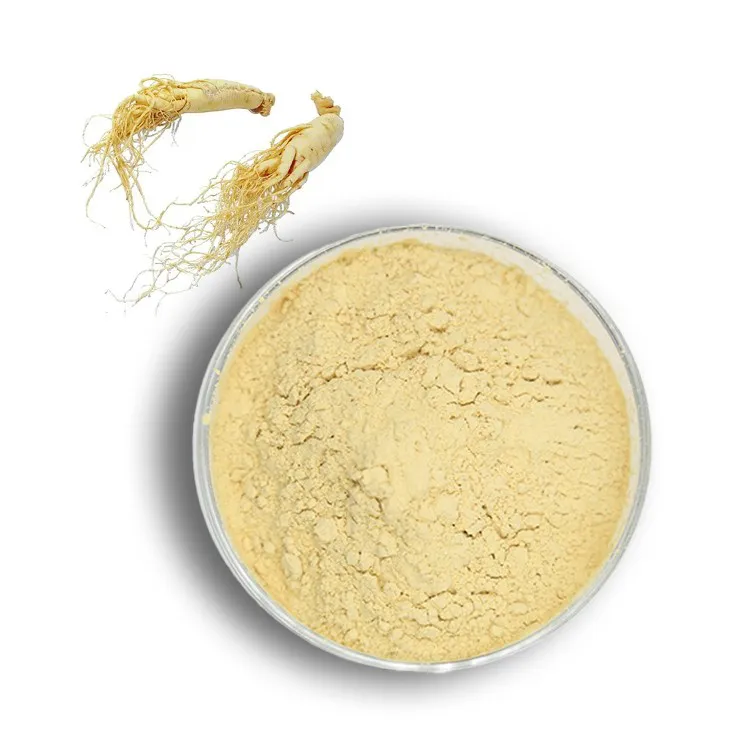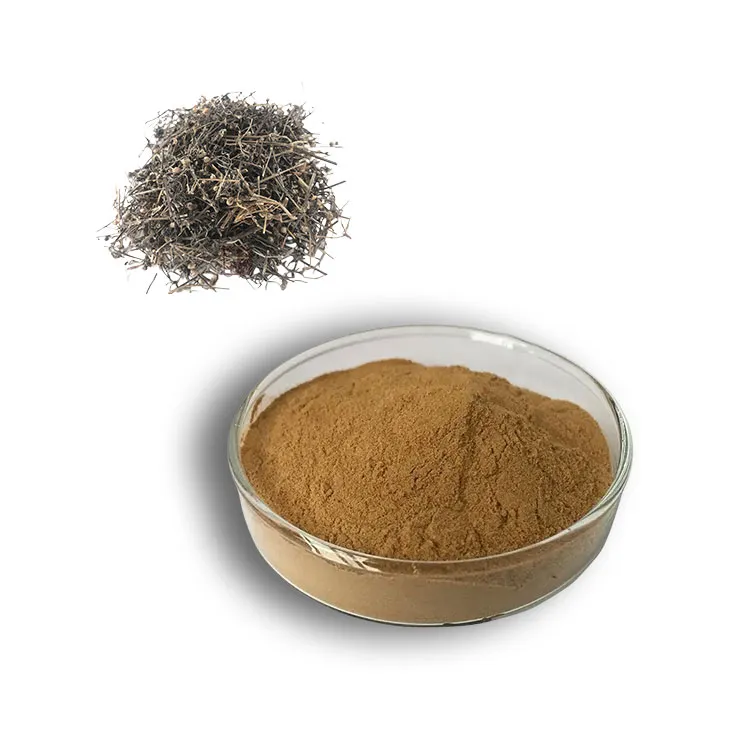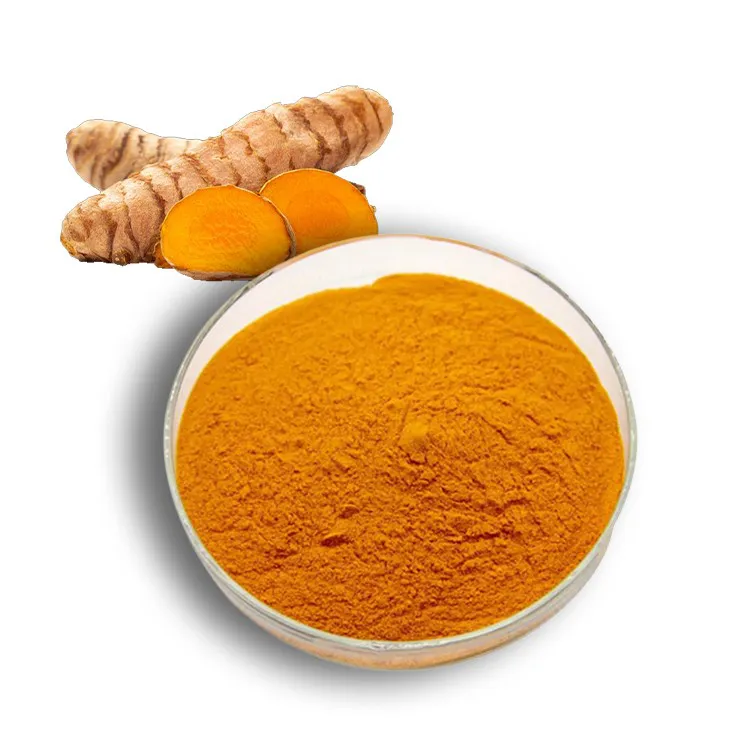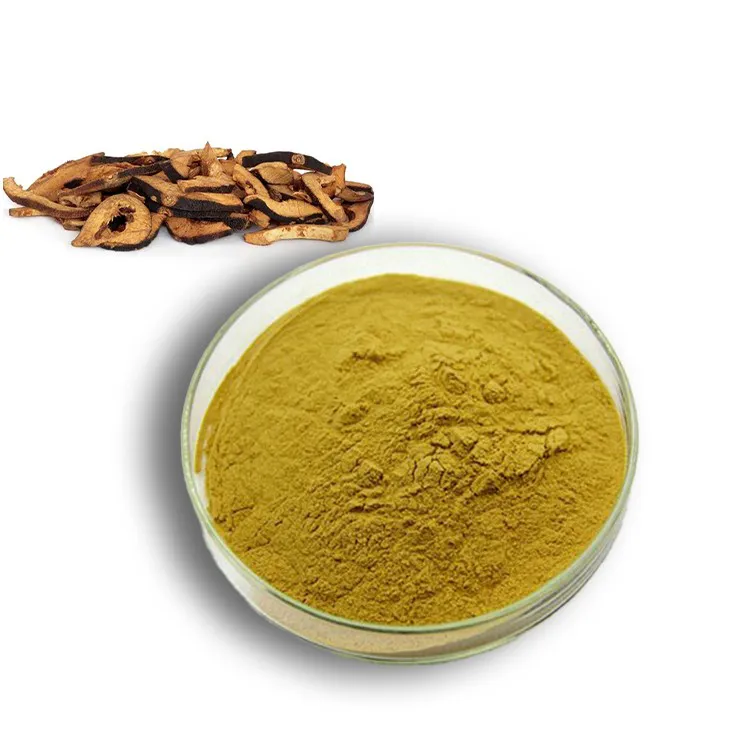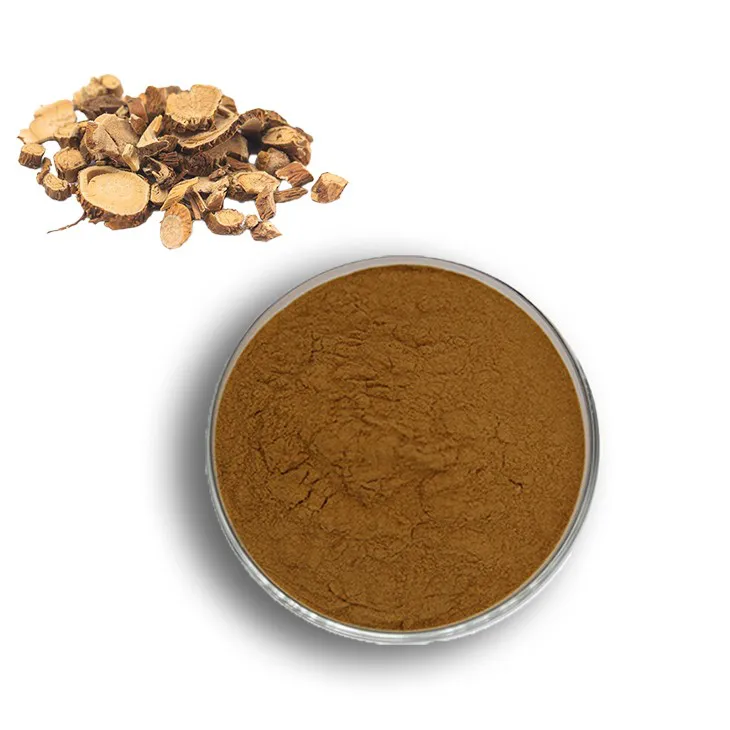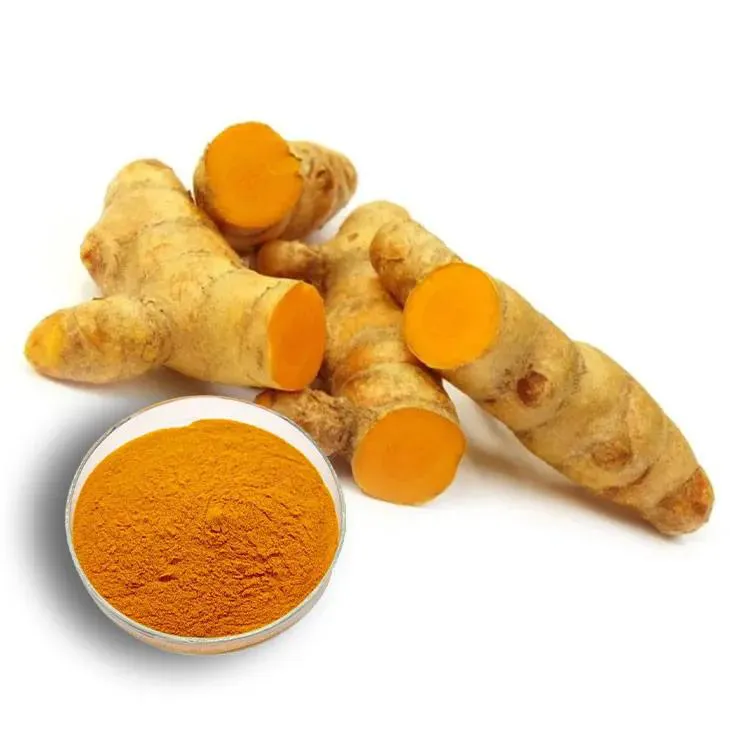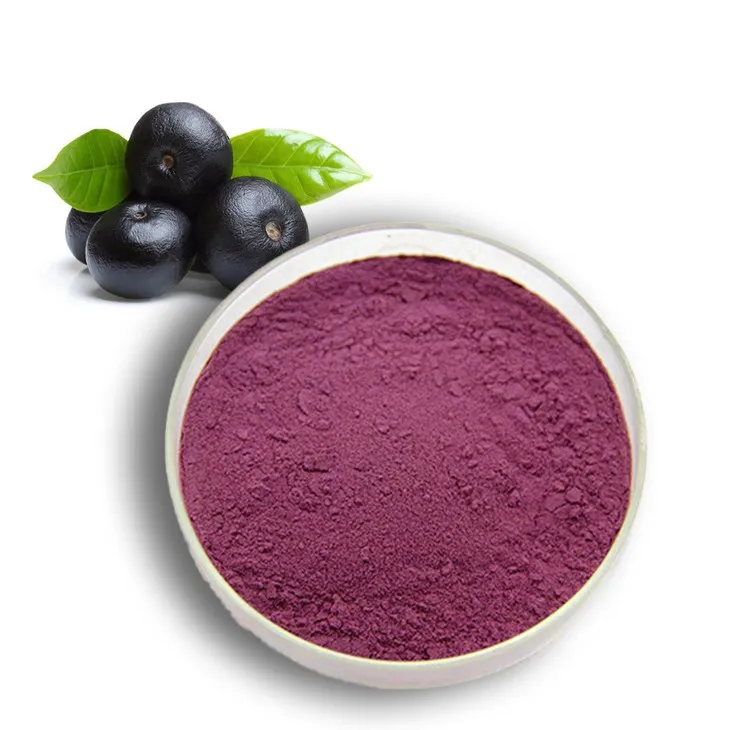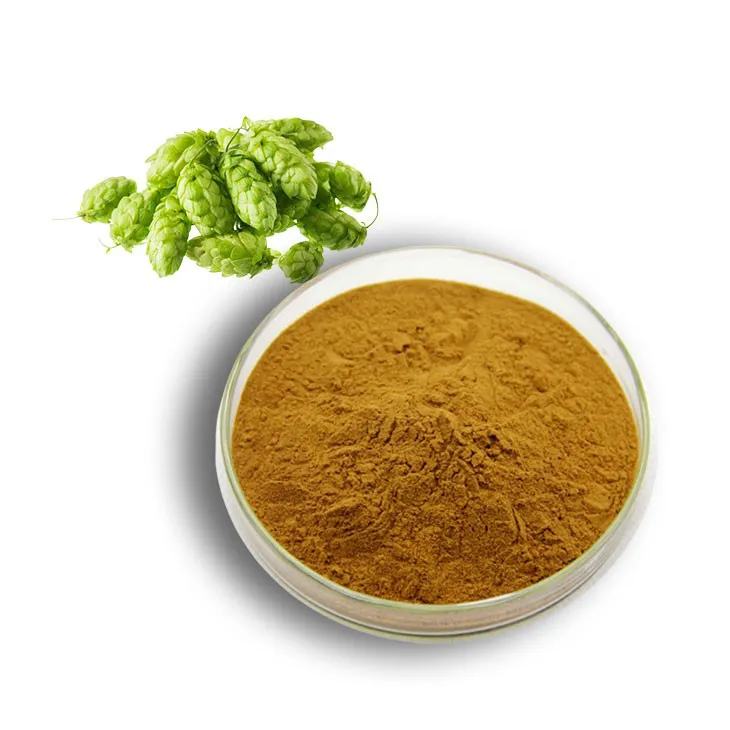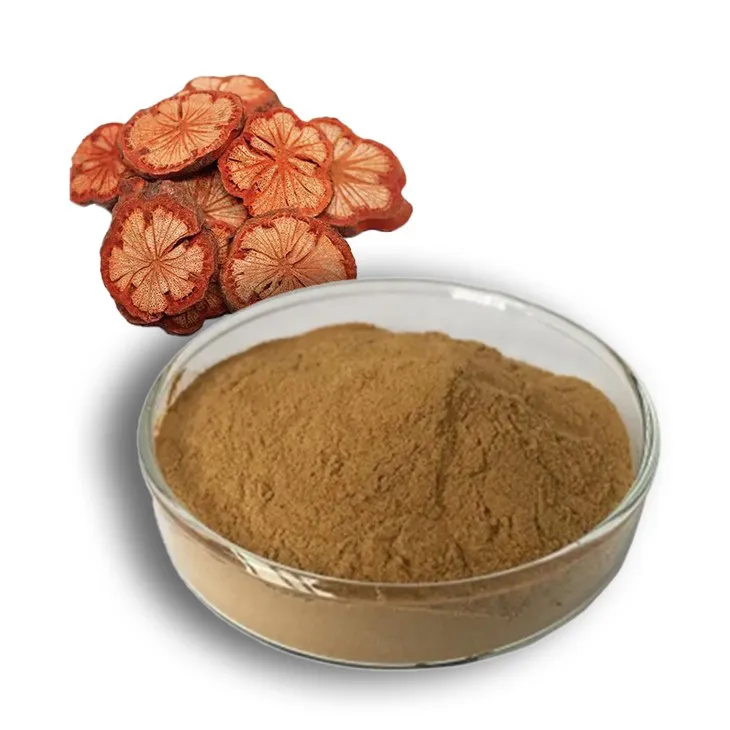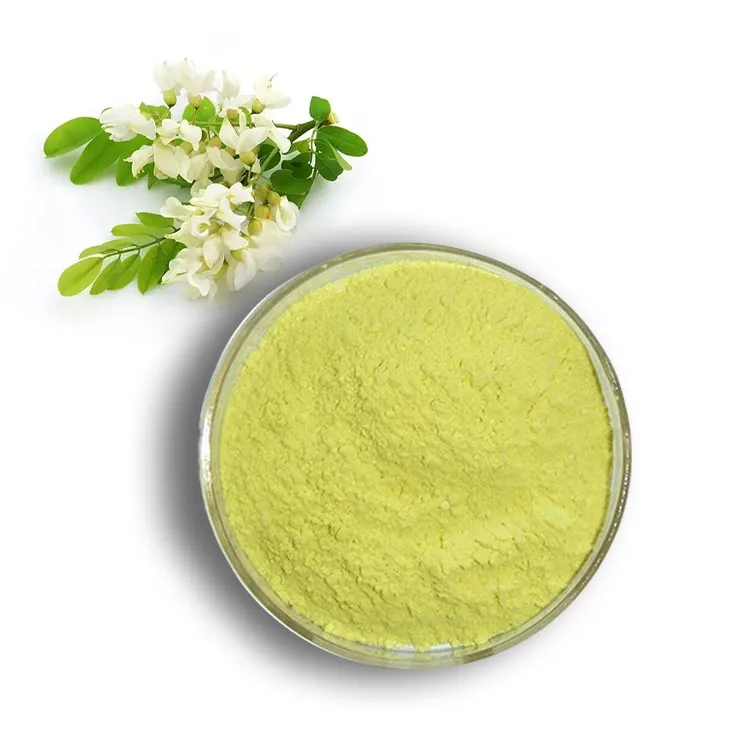- 0086-571-85302990
- sales@greenskybio.com
Ginkgo Biloba: History, Phytonutrients and Health Benefits & Culinary Uses
2025-04-18
Ginkgo biloba, often simply known as ginkgo or the maidenhair tree, is a living fossil that has fascinated humanity for thousands of years. This unique gymnosperm tree species, native to East Asia, is not only a botanical wonder but also a potent source of health benefits.
Revered for its strength and longevity, the ginkgo tree has stood resilient for over 200 million years, earning it the nickname “the tree that time forgot.” Today, ginkgo biloba is celebrated for its historical importance and its significant medicinal properties, utilized in both traditional and contemporary medicine.
History of Ginkgo Biloba
The ginkgo biloba tree is among the oldest surviving tree species, with fossils dating back to the Permian period, approximately 270 million years ago. Native to China, the tree has been cultivated for its medicinal qualities for over a millennium. Its use spread to Japan and Korea, where it became integral to traditional medicine. By the 18th century, ginkgo reached Europe and North America, primarily grown as an ornamental tree due to its distinctive fan-shaped leaves that turn vibrant gold in autumn.
Ginkgo holds cultural significance in many regions. In Japan, it symbolizes longevity and hope, often planted near temples. A famous ginkgo tree in Tokyo, called the “Hōryū-ji Ginkgo,” famously survived the Hiroshima atomic bombing, demonstrating the tree’s resilience. In China, ginkgo is linked to wisdom and enlightenment; tradition holds that the philosopher Confucius meditated under ginkgo trees, inspired by their longevity.
These trees thrive in temperate climates and are easily found in cities due to their resistance to pollution and disease. China is the largest cultivator of ginkgo leaves and seeds for medicinal applications today.
Phytonutrients and Health Benefits
Ginkgo biloba is rich in bioactive compounds such as flavonoids, terpenoids, and ginkgolides, which contribute to its therapeutic effects. Flavonoids like Quercetin and kaempferol offer potent antioxidant protection, reducing oxidative stress and inflammation. Terpenoids, including ginkgolides and bilobalide, provide anti-inflammatory and neuroprotective benefits. Together, these nutrients support cognitive function, cardiovascular health, and overall well-being.
Ginkgo biloba is widely researched for its ability to enhance cognitive function. Studies show it improves memory, concentration, and mental clarity by boosting brain blood flow and shielding neurons from damage, making it an attractive natural remedy for age-related cognitive decline and conditions like Alzheimer’s disease and dementia.
Ginkgo’s cardiovascular benefits include improving circulation, lowering blood pressure, and preventing blood clots, aiding conditions like peripheral artery disease and Raynaud’s syndrome. Its anti-inflammatory and antioxidant properties can alleviate anxiety, depression, and chronic fatigue, and may also support vision and hearing health by enhancing blood flow to the eyes and ears.
In Traditional Chinese Medicine, ginkgo treats respiratory issues like asthma and bronchitis and aids digestive disorders. The seeds, known as bai guo, are often roasted and consumed for coughs and urinary incontinence, while modern practices primarily use leaves in extracts, capsules, and teas.
Ginkgo biloba is a popular dietary supplement for brain health and vitality, often found in skincare for its anti-aging benefits. Some even incorporate ginkgo leaves into cooking, using them for broths or teas.
Culinary Uses and Recipes
Ginkgo biloba’s taste is mildly bitter and slightly nutty with an earthy undertone. Seeds must be cooked or roasted to neutralize toxins, while leaves are mostly consumed in extract or tea form, as they are unpalatable raw.
Here are some culinary ideas for incorporating ginkgo:
Ginkgo Biloba Tea Infusion: Steep dried ginkgo leaves in hot water for a soothing, antioxidant-rich tea.
Roasted Ginkgo Nuts: Roast ginkgo seeds with sea salt for a nutritious snack.
Ginkgo and Mushroom Risotto: Add roasted ginkgo nuts to mushroom risotto for a unique flavor twist.
Ginkgo-Infused Broth: Simmer ginkgo leaves in broth to create a flavorful soup base.
Ginkgo and Berry Smoothie: Blend ginkgo leaf extract with berries, spinach, and almond milk for a brain-boosting breakfast.
Ginkgo biloba is more than a tree; it symbolizes resilience, longevity, and healing. From ancient times to modern-day applications, this extraordinary plant continues to inspire and promote health. Whether as a supplement, in tea, or in meals, ginkgo biloba offers a holistic approach to wellness.
- ▶ Hesperidin
- ▶ citrus bioflavonoids
- ▶ plant extract
- ▶ lycopene
- ▶ Diosmin
- ▶ Grape seed extract
- ▶ Sea buckthorn Juice Powder
- ▶ Beetroot powder
- ▶ Hops Extract
- ▶ Artichoke Extract
- ▶ Reishi mushroom extract
- ▶ Astaxanthin
- ▶ Green Tea Extract
- ▶ Curcumin Extract
- ▶ Horse Chestnut Extract
- ▶ Other Problems
- ▶ Boswellia Serrata Extract
- ▶ Resveratrol Extract
- ▶ Marigold Extract
- ▶ Grape Leaf Extract
- ▶ blog3
- ▶ Aminolevulinic acid
- ▶ Cranberry Extract
- ▶ Red Yeast Rice
- ▶ Red Wine Extract
-
Ginseng Root Extract
2025-04-18
-
Hedyotis Diffusa Extract
2025-04-18
-
Curcumin
2025-04-18
-
Citrus Aurantii Extract
2025-04-18
-
Sophora Flavescens Root Extract
2025-04-18
-
Curcumin Extract
2025-04-18
-
Acai Berry Extract
2025-04-18
-
Hops Extract
2025-04-18
-
Red Vine Extract
2025-04-18
-
Troxerutin
2025-04-18

